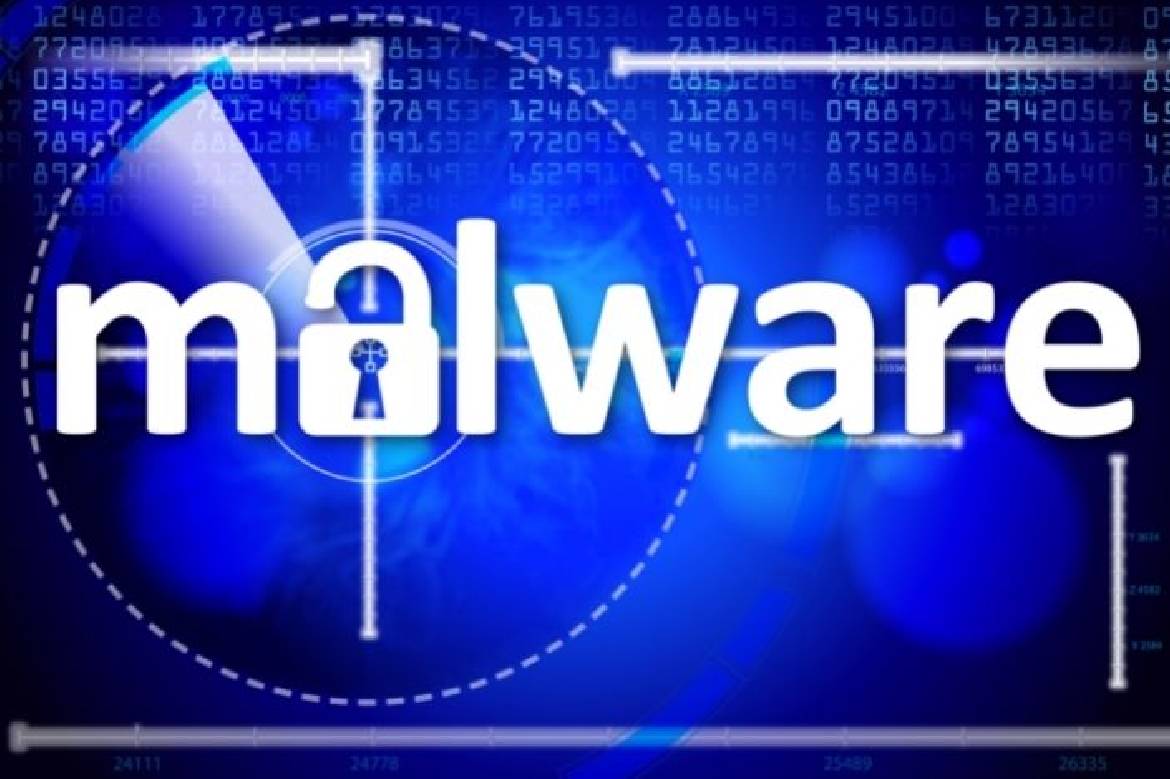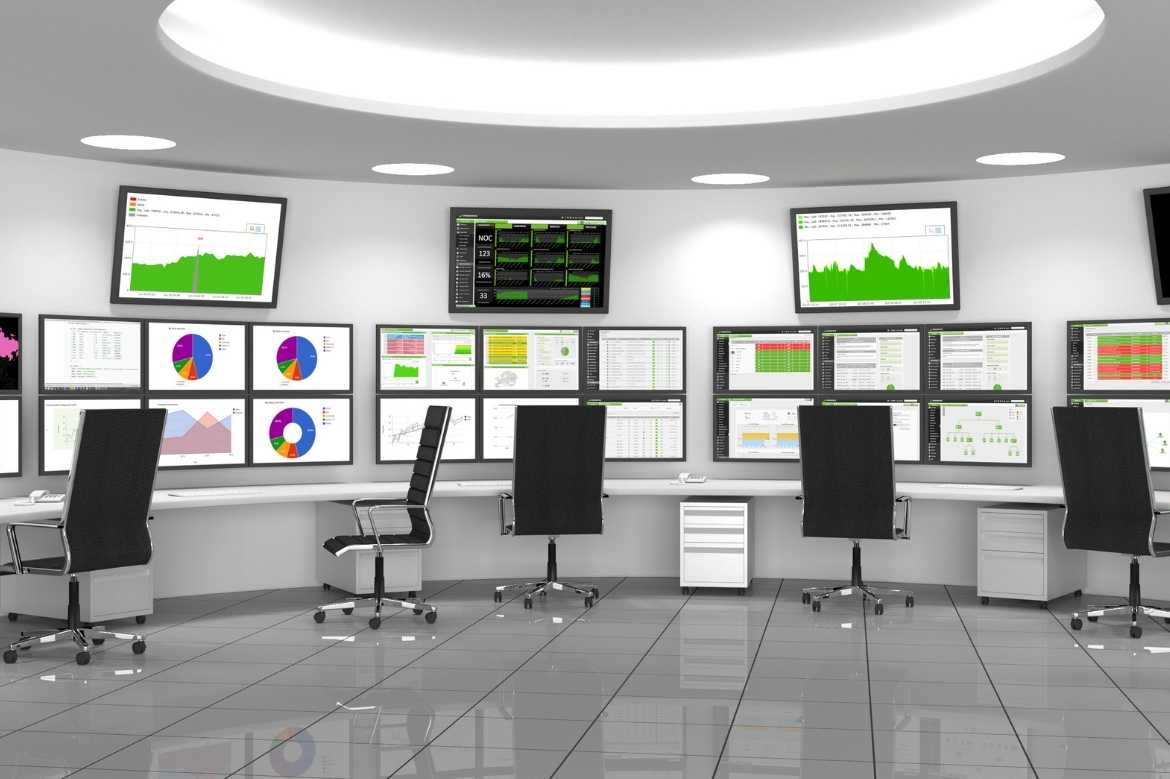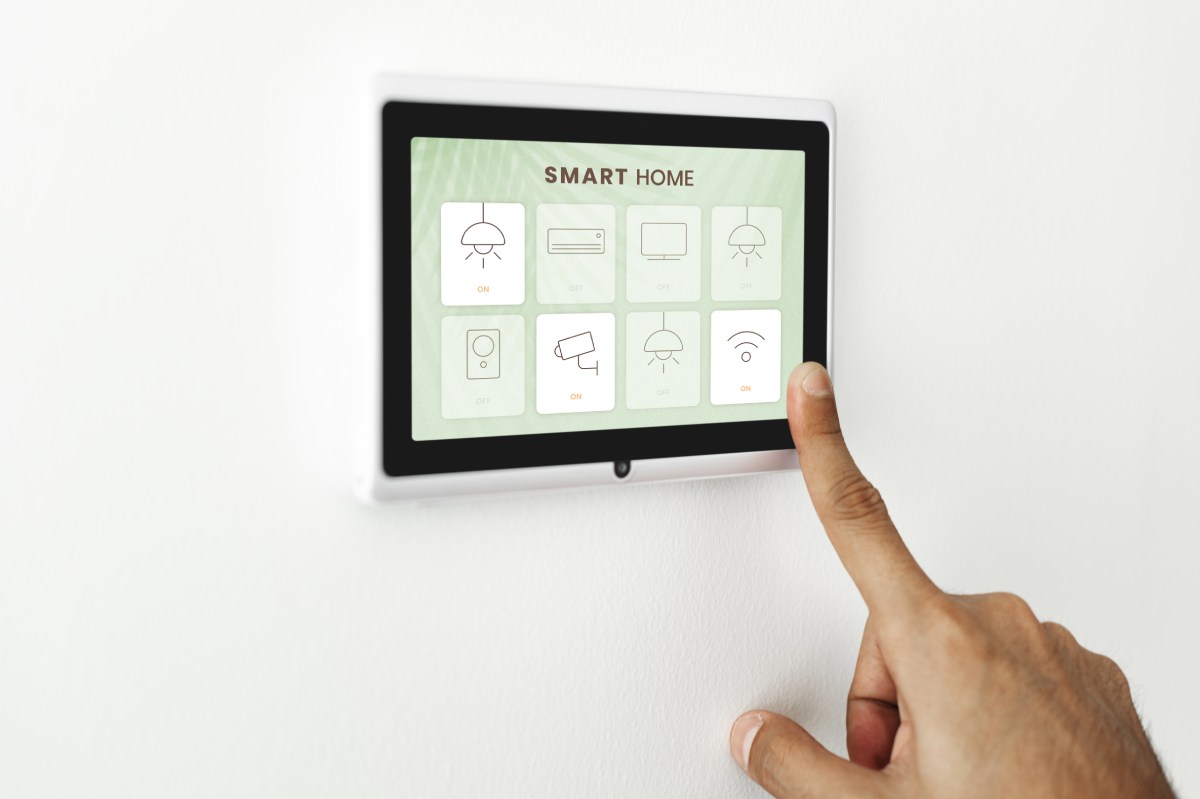A computer virus is a code or a program that can reproduce and infect or modify other software. Once executed, the computer virus can damage the entire operating system, destroy hard drives, erase important data and steal private information. Computer viruses are part of a group of threats known as malicious software or malware – the shortened form of malicious software. In addition to computer viruses, malware includes spyware, adware, worms and Trojans.
The risks to nonprofits are considerable. Malware can access confidential information, employee and donor data. There is also the risk of financial accounts being hacked and causing great damage to the entire organization’s infrastructure. Your organization should proactively take steps to protect computers and all sensitive data.
In addition to being trusted and trusted brands, antivirus programs like McAfee and Norton are an inexpensive way to detect viruses and other malware on your computers.
Even with antivirus software installed, malware can go undetected. Therefore, one must pay attention to the following indicators, which could be an indication of malware.
Table of Contents
Indicators In System Performance
The overall performance of a computer can indicate potential virus infections. Viruses can affect your computer’s performance in the following ways:
- Speed: Your computer is running noticeably slower than normal. It takes longer to load programs, search for files, and start the operating system.
- Crashes or freezes: The computer hangs, crashes, or stops responding. Another warning sign is when the operating system freezes during startup and does not stop loading.
- New or missing icons: New icons appear on your desktop, and old icons disappear.
- Error messages: Unusual error messages suddenly pop up. These messages may tell you that your computer has been infected with a virus and are trying to trick you into installing a bad file.
- Sudden Restarts: Your computer will restart without a prompt or updates.
- Access blocked: You cannot access shortcuts or system functions such as Task Manager, Register or Control Panel.
Changes In Your Internet Usage
In addition to changing the operating system, a virus can also cause unwanted changes in how you use the Internet.
- New homepage: Your preferred web browser homepage has been changed without any action on your part.
- New toolbar: You notice strange toolbars on your web browser that you haven’t installed.
- No access to websites: You cannot access legitimate websites that could detect a hacker attack.
- Pop-up flood: Pop-ups flood your screen – even when you are not using the Internet.
- Redirected: You will be redirected to other websites that you did not want to visit. Typically, these redirected pages are full of malware.
Email Indicators
Your organization’s email account can also be infected with malware.
- Suspicious messages: You receive email messages that don’t have a sender or subject.
- Unknowingly sending spam emails: Recipients notify you that you have received spam emails from your email account.
What To Do If Your Computer Is Infected
If your computer is infected, there are a few simple steps you can take to deal with it:
- Stop using the computer.
- If your nonprofit doesn’t have an IT department or IT staff, run a full antivirus scan using one of the recommended programs like Avast, McAfee, or Norton.
- The antivirus program explains what to do with viruses that are found.
- If these steps don’t help, you need to see a computer professional to solve the problem.
Prevent Malware
As mentioned above, your organization should proactively take steps to prevent a virus attack. The following steps can help you rule out possible virus threats:
- Install the latest, best-in-class antivirus and internet security software on your computers.
- Make sure every software and operating system is up to date.
- Limit personal Internet access, including visiting non-work-related websites and reading personal email. Doing this reduces the risk of someone visiting a website with malware (such as pop-ups) or opening an attachment from a personal email from an unknown sender.
- Do not open files from unknown senders or websites.
- Install and turn on a pop-up blocker; do not click on pop-up advertisements.
- Make sure your firewall is set and active.
- Schedule weekly security scans against viruses and other malware. With most programs, such as McAfee or Avast, it is just a few clicks to set up regular scans.
Also Read: Virtual Project Management




